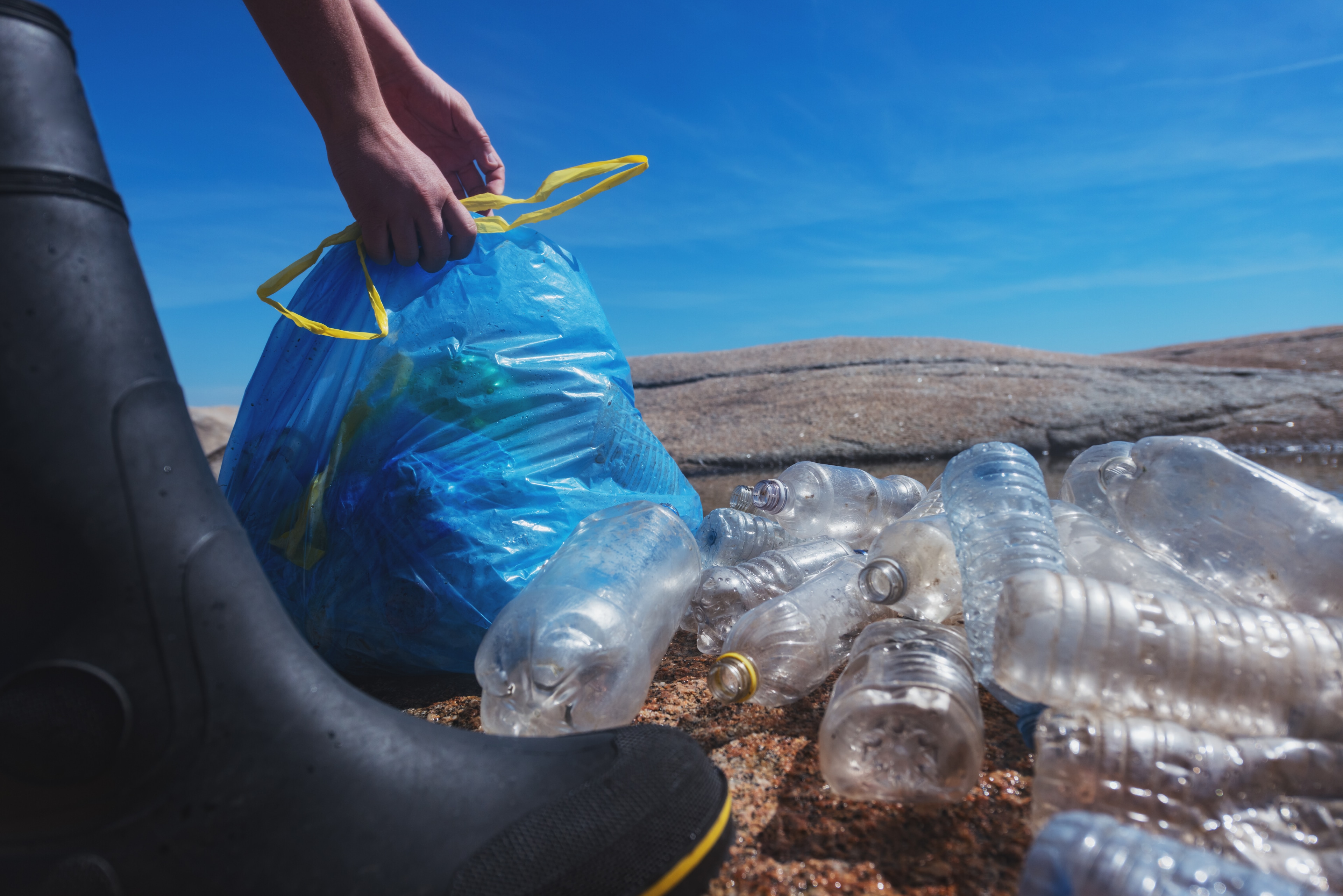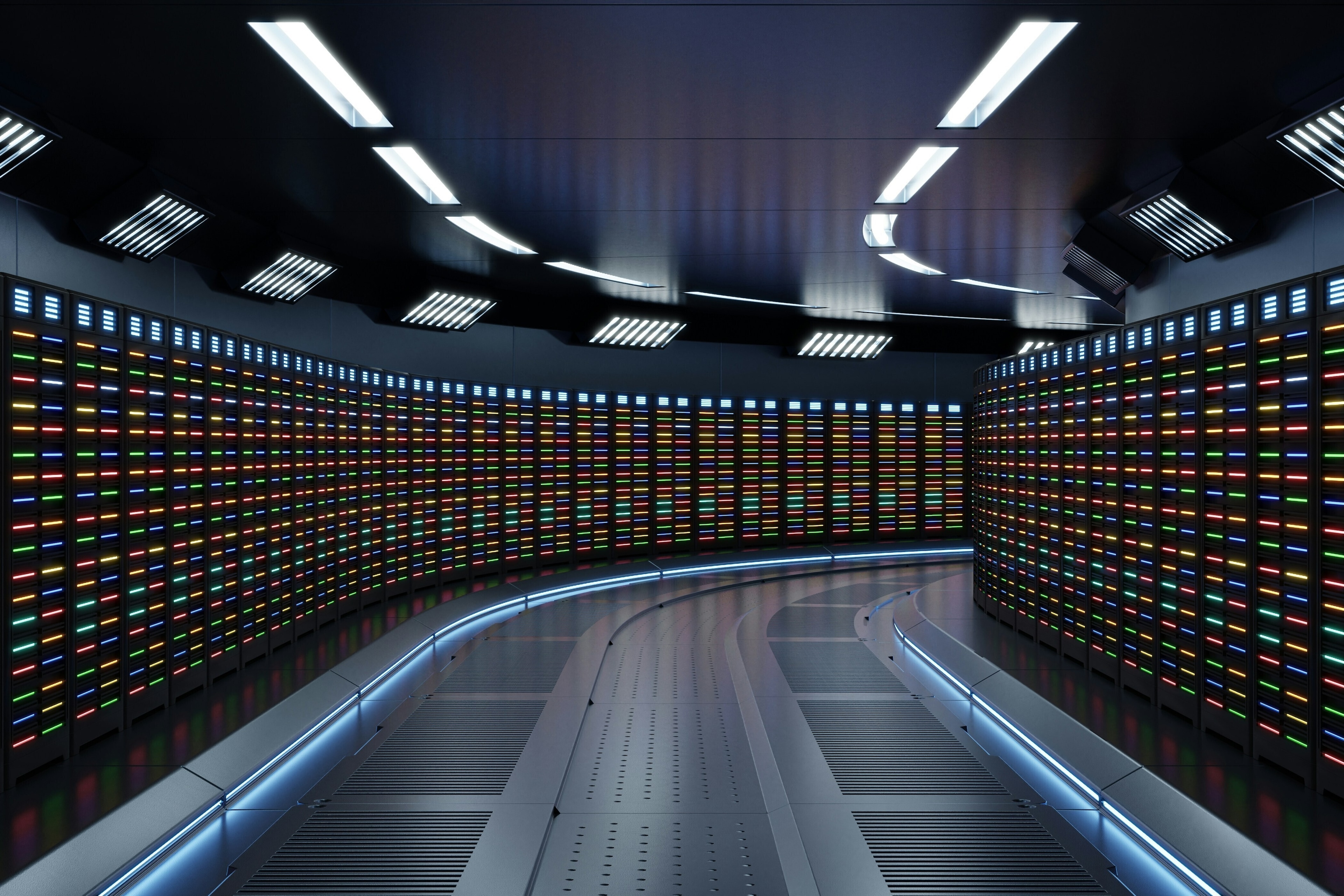Picture this: all the plastic we have produced weighs the same as 25,000 Empire State Buildings

Plastics produced globally every year has increased from 2 million tonnes in 1950 to 381 million in 2015. Image: REUTERS/Mohamed Azakir
Humanity has created 8.3 billion tonnes of plastic since the material was first produced in the early 20th century.
This is equivalent to the weight of 25,000 Empire State Buildings – or 100 cities full of skyscrapers.
Mass production of plastics began after World War II, and new research published this week shows that the amount produced every year has increased from 2 million tonnes in 1950 to 381 million tonnes in 2015.

The academic paper published in Science Advances estimates that at the current rate of production we will have created 34 billion tonnes of plastic, resins, fibres and additives by 2050.
This is a problem because the majority of all plastics produced have ended up in landfill or in the sea.

More plastic than fish
The Science Advances paper estimates that 6.3 billion tonnes of the plastic created to date has ended up as waste.
Of this 12% has been incinerated, 9% recycled and the remainder dumped on land or at sea.
Plastic waste is a severe environmental risk, with previous research by the World Economic Forum and Ellen MacArthur Foundation estimating that by 2050 there could be more plastic than fish in the sea.

In their Science Advances paper, authors Roland Geyer, Jenna R. Jambeck and Kara Lavender Law warn that “without a well-designed and tailor-made management strategy for end-of-life plastics, humans are conducting a singular uncontrolled experiment on a global scale, in which billions of metric tonnes of material will accumulate across all major terrestrial and aquatic ecosystems on the planet”.
Creating a circular economy
The Science Advances paper identifies plastic packaging as the main type of plastic produced and the primary source of plastic waste.
According to a 2016 report, The New Plastics Economy: Rethinking the Future of Plastics, only 14% of plastic packaging is collected for recycling globally.
To avert the environmental catastrophe posed by plastic waste and realize the potential of the lost economic value of this material, a new report launched at Davos this year argues that plastics should become part of a circular economy.
It proposed that instead of thinking of “reduce, re-use and recycle”, plastic producers and users ought to think of “re-use, recycle and redesign”.
The use of a wide range of additives during manufacturing makes it difficult to establish recycling processes, particularly when it comes to plastics.
Without fundamental redesign and innovation, 50% of plastic packaging items – 30% by weight – will never be re-used or recycled.

As part of an action plan aimed at tackling this problem – backed by more than 40 business and government leaders at Davos this year – the New Plastics Economy initiative over the next year will launch two global innovation challenges: one aimed at kick-starting the redesign of materials and packaging formats; and one aimed at building a set of global common standards (a "global plastics protocol") for packaging design.
As part of this, the Ellen MacArthur Foundation and design company IDEO have launched a Circular Design Guide aimed at inspiring designers, innovators and entrepreneurs to deliver the circular packaging solutions of the future.
Don't miss any update on this topic
Create a free account and access your personalized content collection with our latest publications and analyses.
License and Republishing
World Economic Forum articles may be republished in accordance with the Creative Commons Attribution-NonCommercial-NoDerivatives 4.0 International Public License, and in accordance with our Terms of Use.
The views expressed in this article are those of the author alone and not the World Economic Forum.
Stay up to date:
Future of Consumption
Related topics:
Forum Stories newsletter
Bringing you weekly curated insights and analysis on the global issues that matter.
More on Nature and BiodiversitySee all
María Daniela Limongi Izaguirre, Edwin Josue Castellanos and Marisol Argueta de Barillas
September 22, 2025






